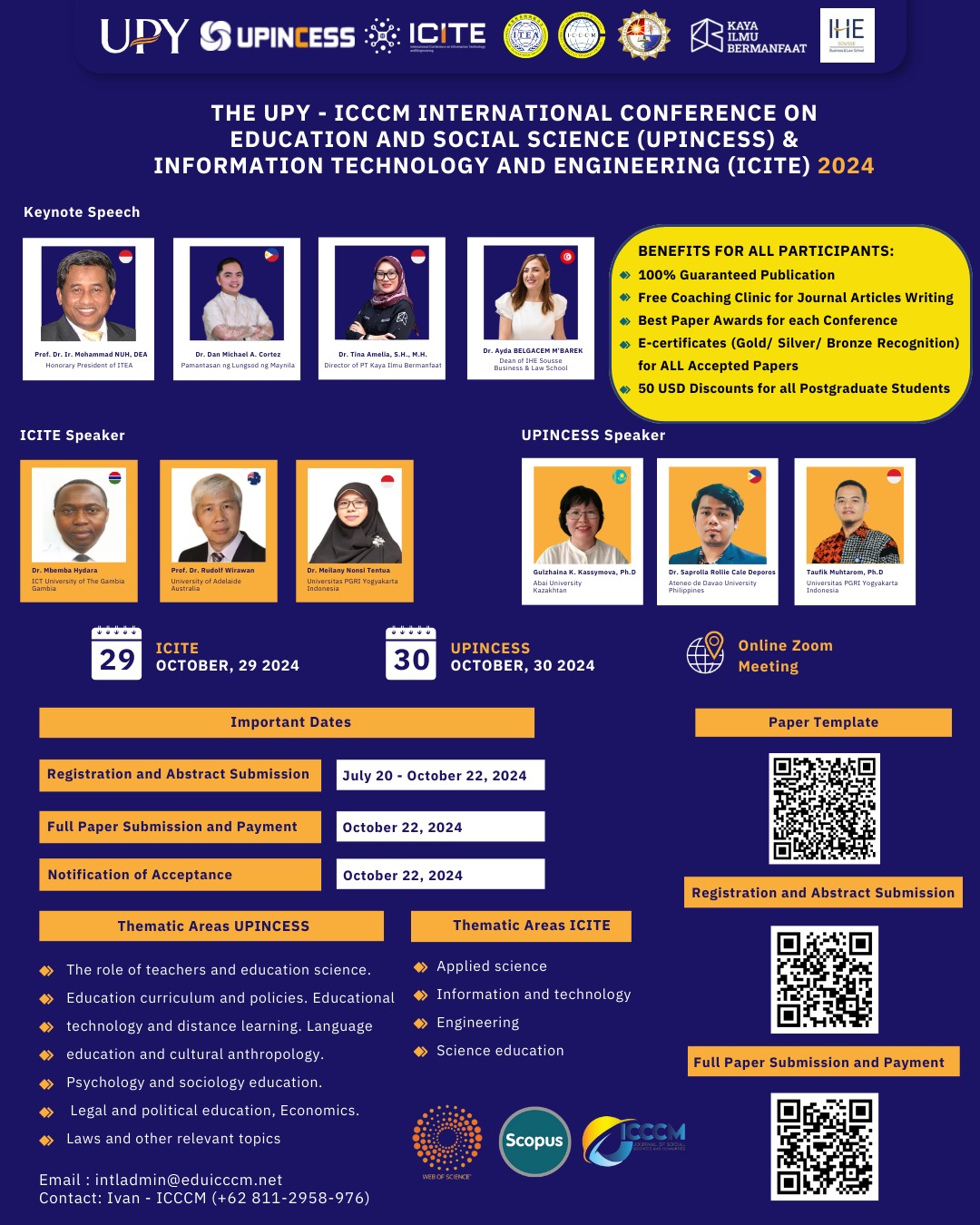Does individual personality contribute to the occurrences of white collar crime? A qualitative study
A qualitative study
DOI:
https://doi.org/10.53797/icccmjssh.v1i6.7.2022Keywords:
white collar crime, individual, behaviour, qualitative, cases studyAbstract
This article aims to address the factors contribute to the occurrence of white collar crime in Malaysia among Royal Malaysia Police’ officers who have the experience handling the cases before. This paper adopt qualitative method by applying the case study approach via semi-structured interview among five police officers form Commercial Crime Investigation Department (CCID), Royal Malaysia Police (RMP). The semi-structured interview was focus on the factors might contributed to white collar crime. The data is analysed by using computer-aided qualitative data analysis software Atlas.ti version 8. It was concluded that characteristic of the individual was one of the factors contributed to the occurrence of white collar crime. According to convenience theory, the characteristic of individual was fall into personal behaviour which was has related to behavioural aspect. There were seven characteristics included such does not know the punishment, careless, educated, ego, habit, lack of integrity and professional. The study contributed the body of knowledge in understanding the occurrences of white collar crime. This present study also might be useful for the government, policy maker and organizations in increasing their awareness towards the crime. This qualitative study provided the opinion, views, and beliefs of the participants toward the occurrence of white collar crime. Therefore, by identifying the factors that contributed to the crime might extend the area of the study in white collar crime study. Besides, the solution suggested by the participants also useful for to curb the occurrence of white collar crime.
Downloads
References
Alalehto, T. (2003). Economic crime: Does personality matter? International Journal of Offender Therapy and Comparative Criminology, 47(3), 335–355. https://doi.org/10.1177/0306624X03047003007
Blickle, G., Schlegel, A., Fassbender, P., & Klein, U. (2006). Some personality correlates of business white-collar crime. Applied Psychology: An International Review, 55(2), 220–233. https://doi.org/10.1111/j.1464-0597.2006.00226.x
Creswell, J. W. (2009). Research design: qualitative, quantitative, and mixed methods approach. (3rd ed.). Los Angeles: Sage Publications, Inc.
Global Economic Crime and Fraud Survey 2018: Malaysia Report. (2018). https://www.pwc.com/my/en/publications/2018-gecfs-malaysia.html
Gottschalk, P. (2017). Convenience in White-Collar Crime: Introducing a Core Concept.” Deviant Behavior 38 (5):605–19. doi: https://doi.org/10.1080/01639625.2016.1197585
Gottschalk, P. (2019). Convenience Triangle in White-Collar Crime – Case Studies of Fraud Examinations. Cheltenham, UK: Edward Elgar Publishing.
Ilah Hafiz Aziz (2016, January 21). Mangsa jenayah kolar putih rugi. RM2.34b. Utusan Online.
Lesha, J. & Lesha, D. (2012). Psychopathy and white-collar crime: A review of literature. SEEU Review, 8(2), 1-18. doi: http://dx.doi.org/10.2478/v10306-012-0017-2.
Lim, H.S. (2005). White-collar crime in Malaysia. http://rmpckl.rmp.gov.my/Journal/BI/whitecollar.
McGee, J. A. & Byington, J. R. (2009). The threat of global white-collar crime. Journal of Corporate Accounting and Finance (Wiley), 20(6), 25-29. doi:10.1002/jcaf.20525
Moore, E. and Mills, M. (1990). The neglected victims and unexamined costs of white-collar crime. Crime & Delinquency, 36(3), 408-418. doi:10.1177/0011128790036003007
Reiss, A. J., Biderman, A. D., (1980). Bureau of Social Science Research, Inc, & United States of America. Data Sources on White-Collar Law-Breaking. https://www.ojp.gov/pdffiles1/Photocopy/72651NCJRS.pdf
Downloads
Published
How to Cite
Issue
Section
License
Copyright (c) 2022 Nur Ain Saad, Siti Zubaidah Othman, Wan Shakizah Wan Mohd. Noor

This work is licensed under a Creative Commons Attribution-NonCommercial-ShareAlike 4.0 International License.




